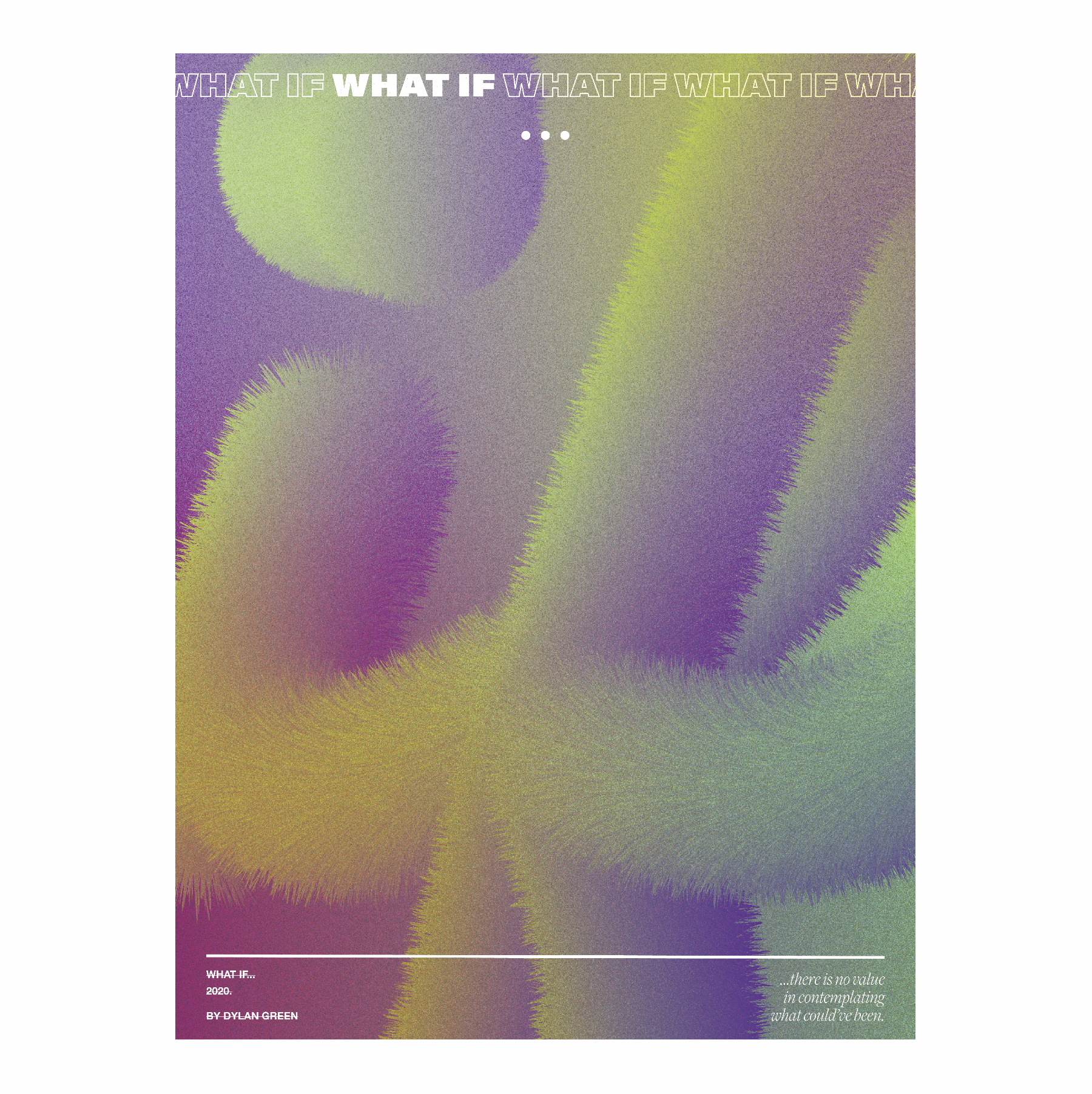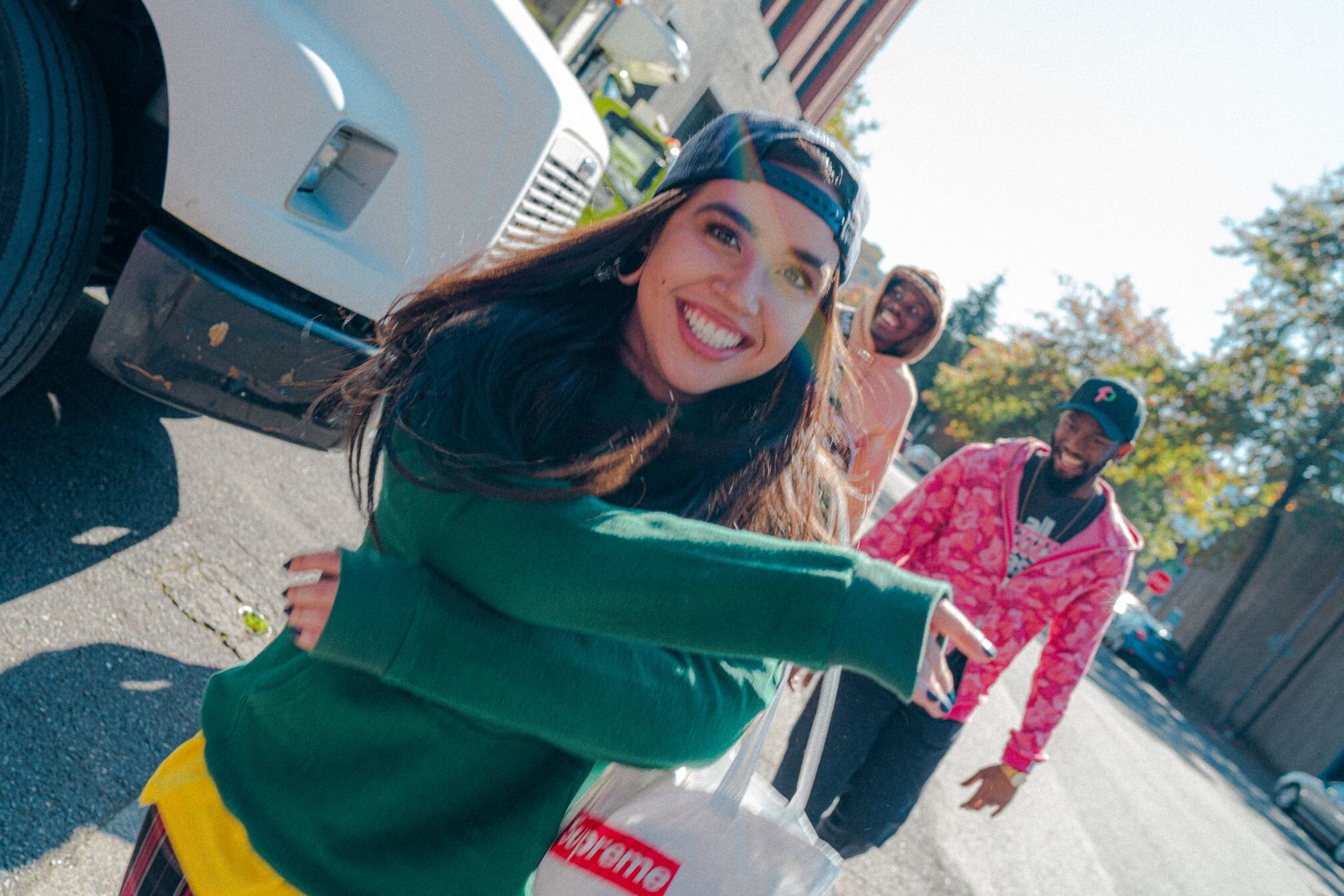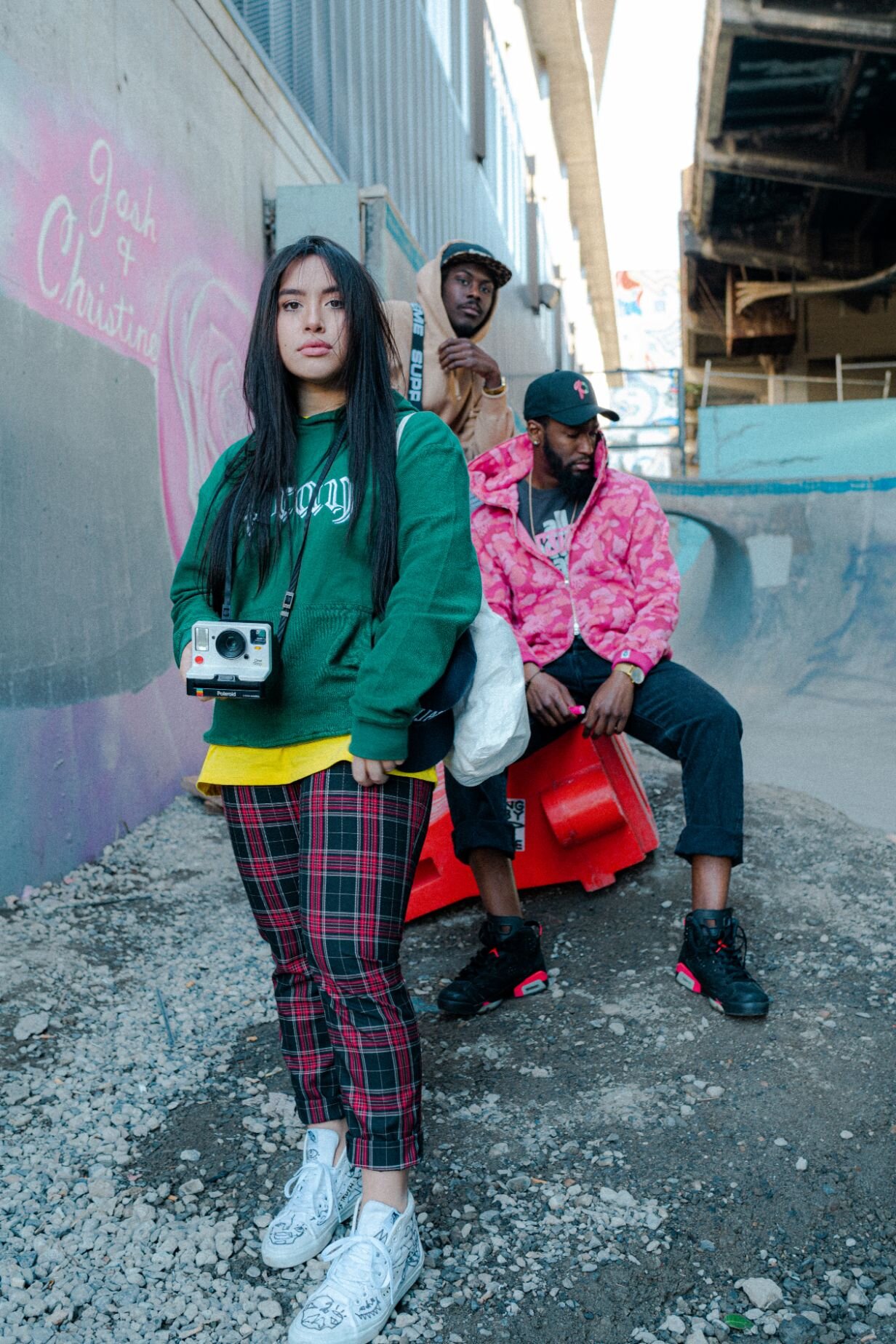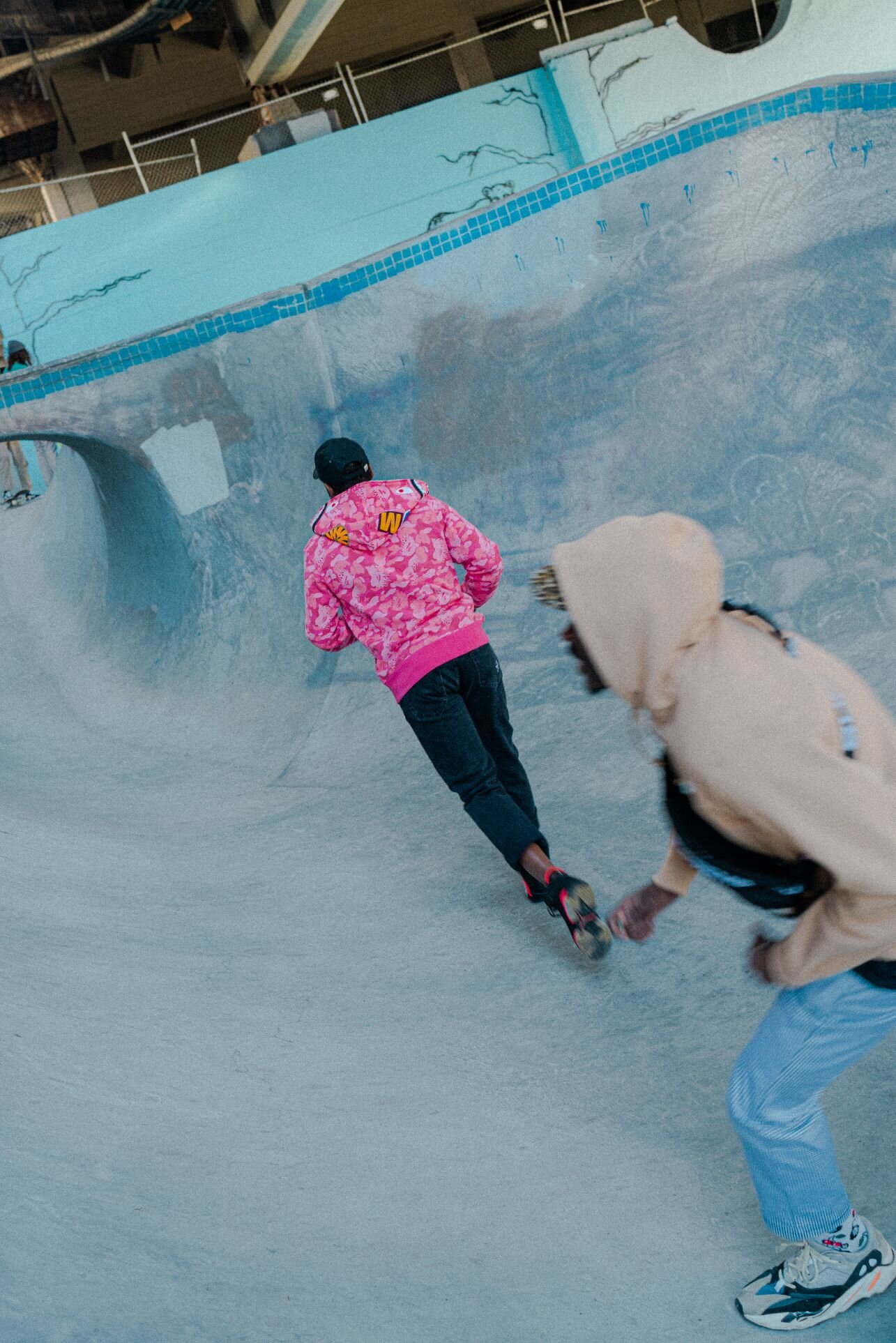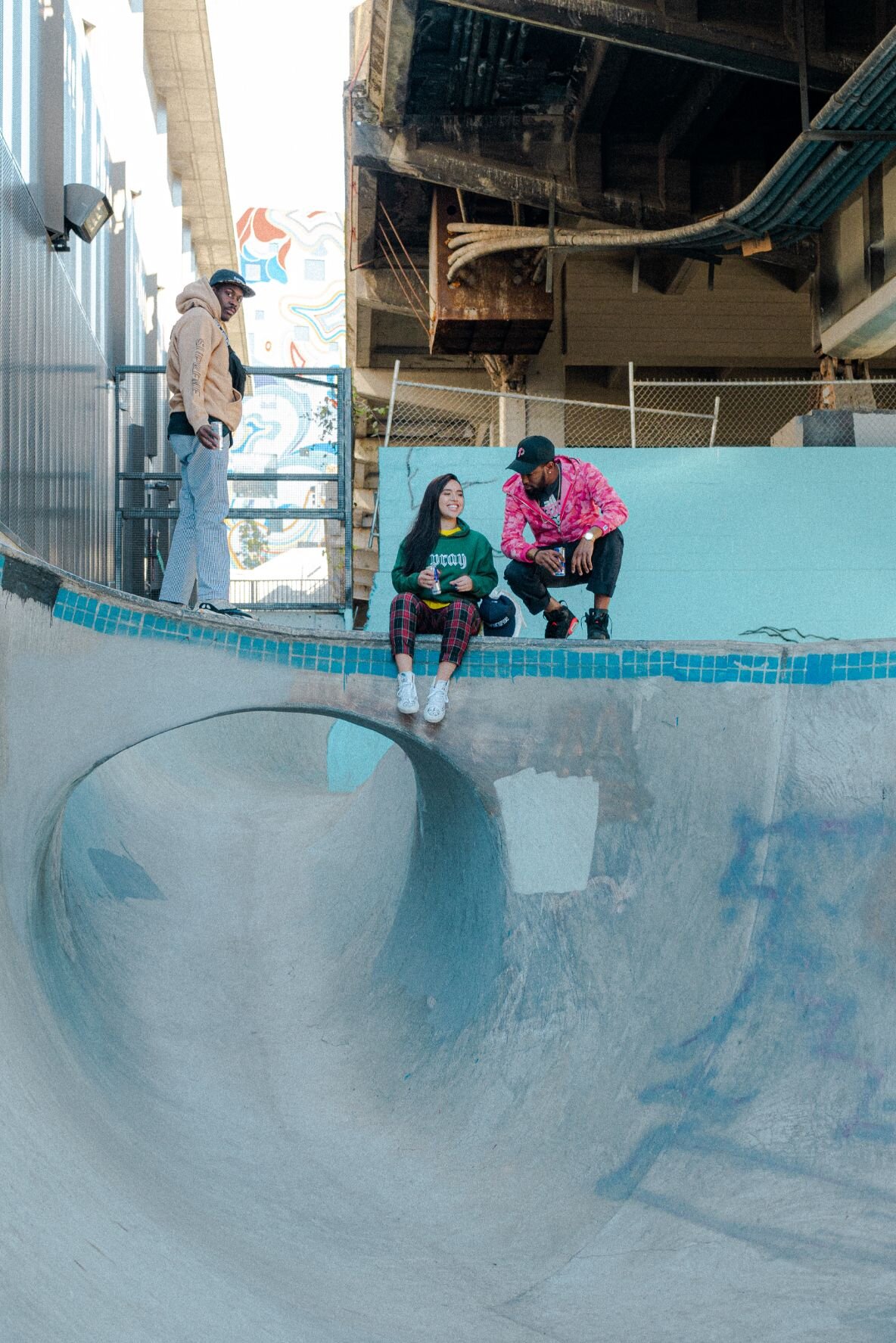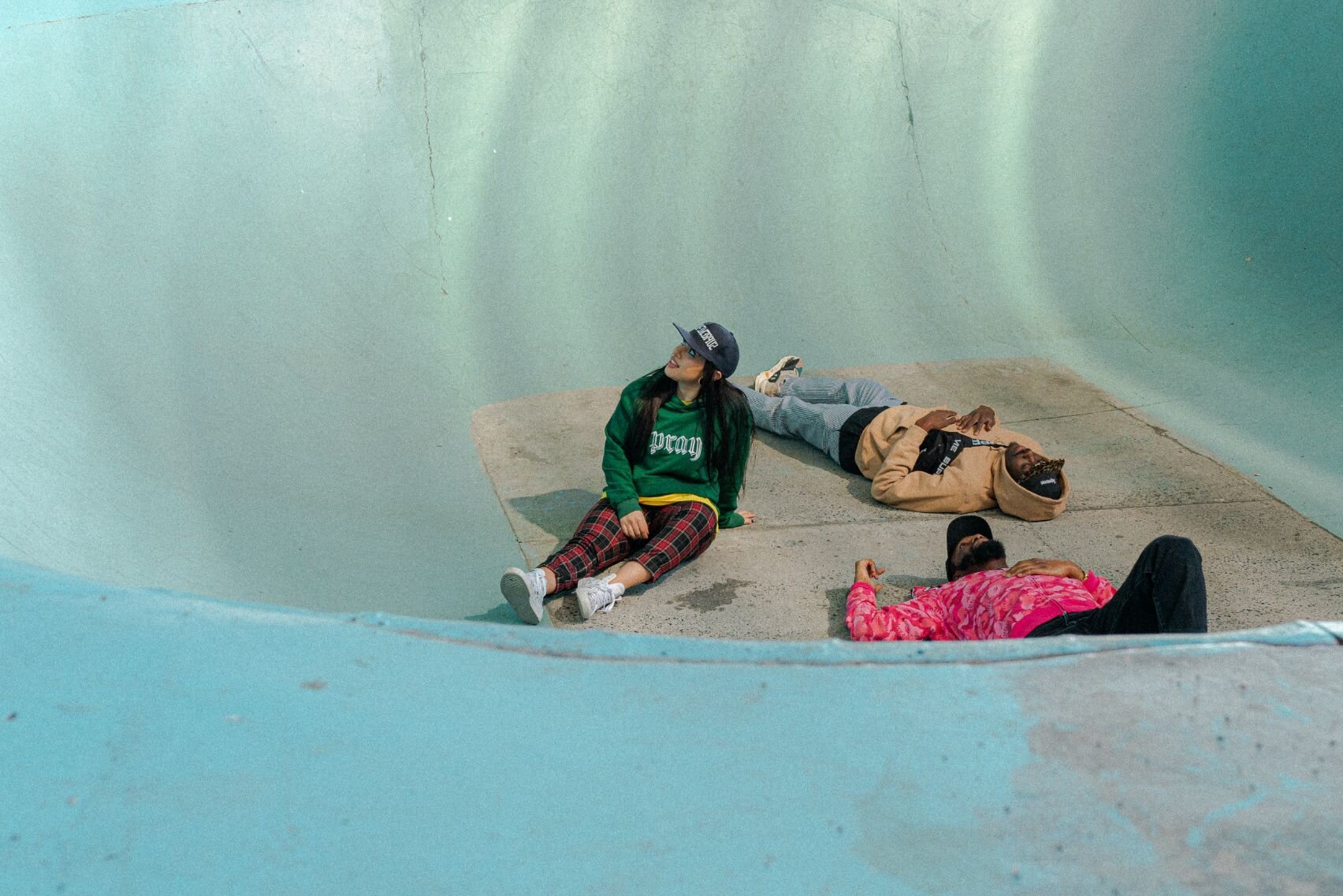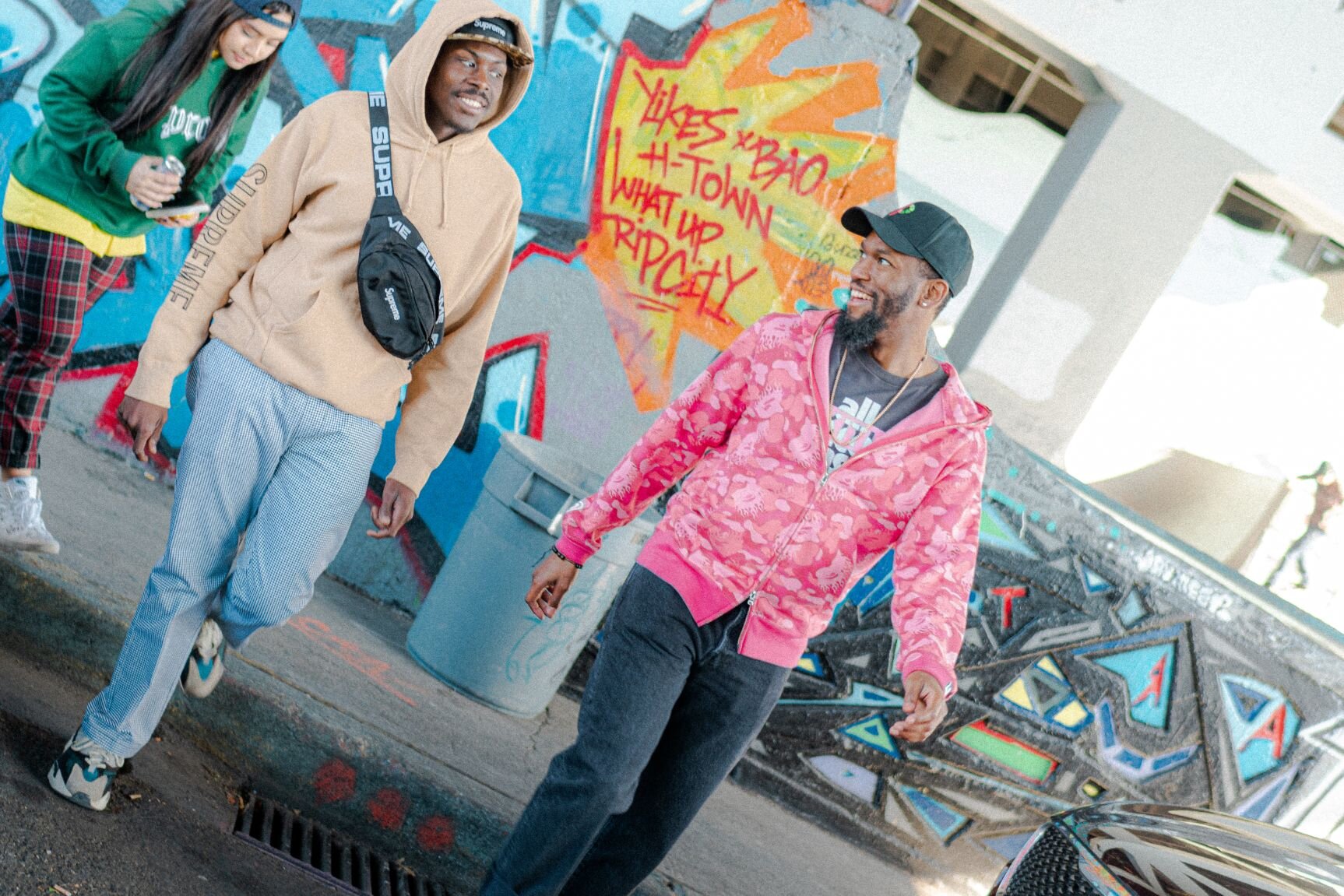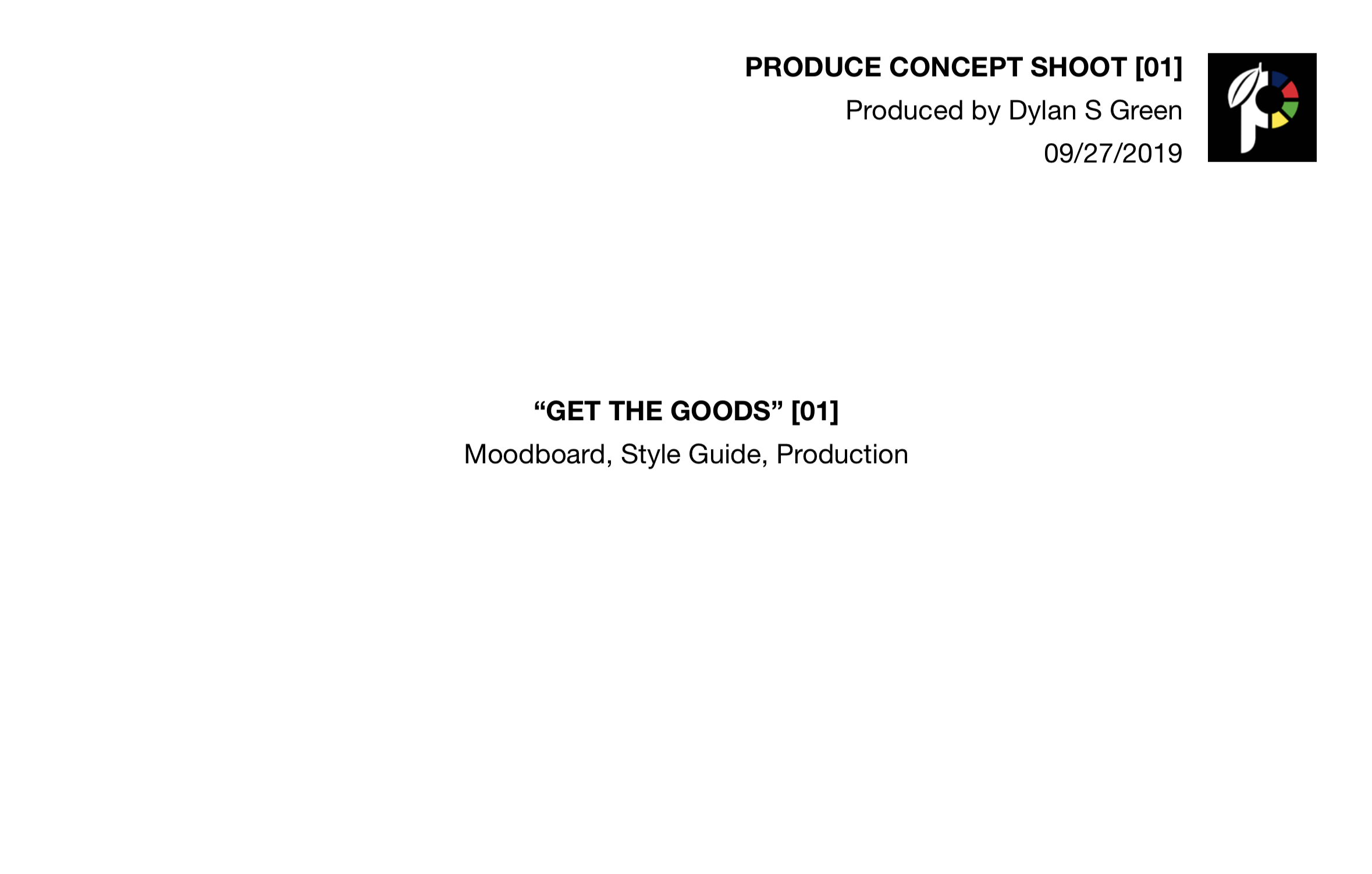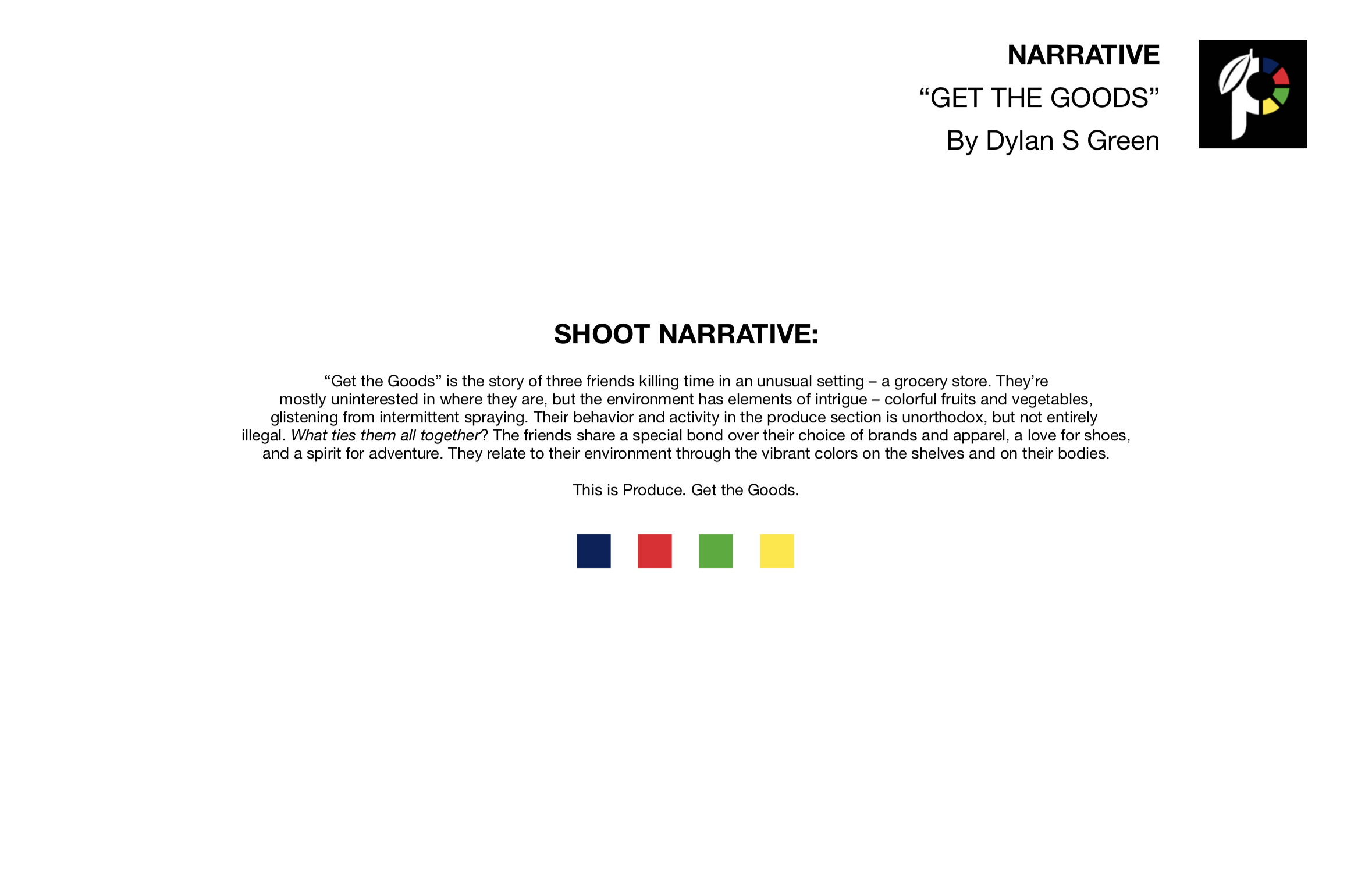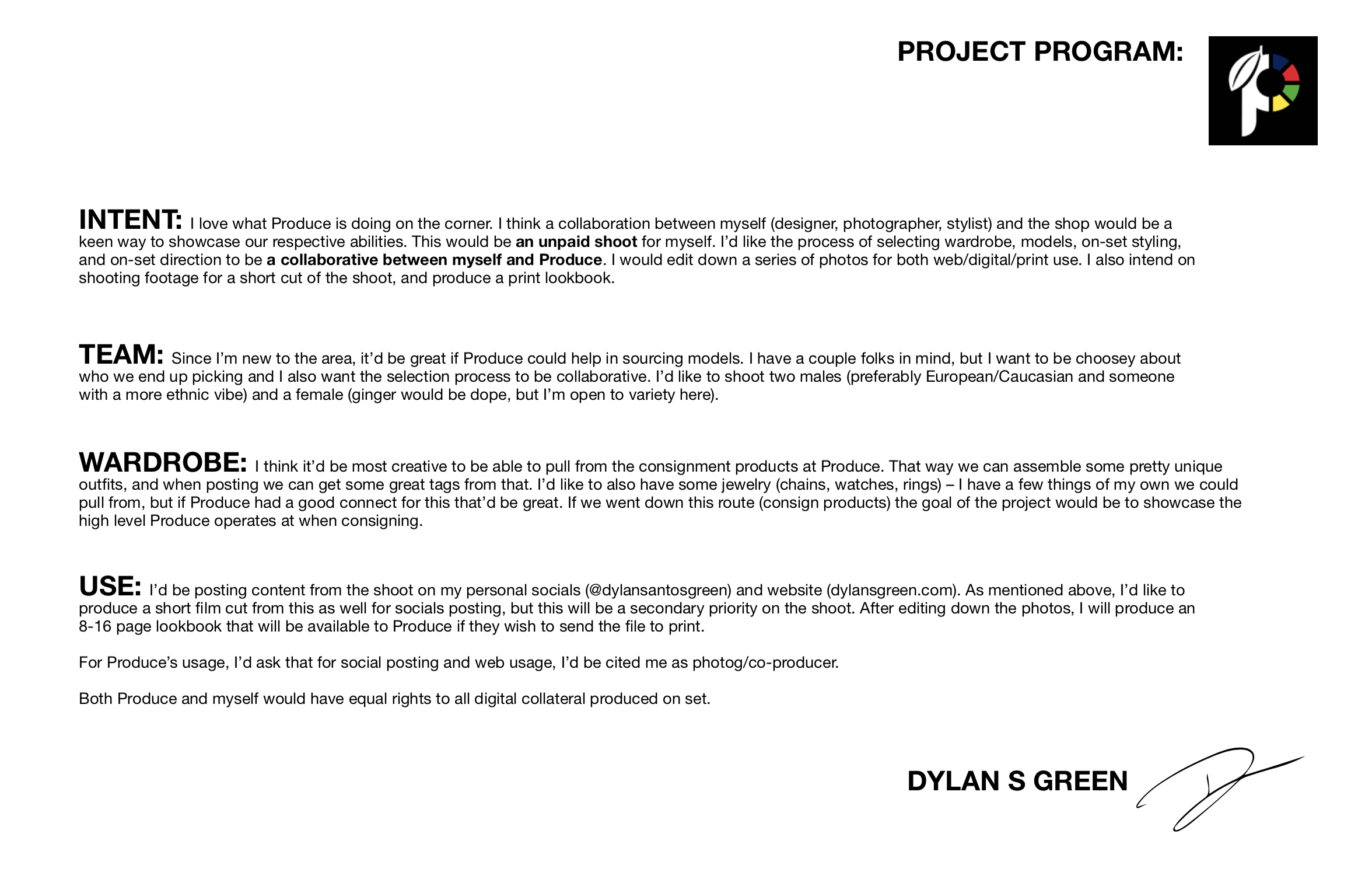If, Can, Will
I realized something about the phrase and the mentality that conjures it: there is no value in contemplating what could’ve been. While there may be moments of joy procured from wandering into the fantasy of “what if”, those moments are replaced by a looming and monstrous reality that is much more significant.
At the end of what has been a grim and complex year I have found myself reflecting on three words: if, can, and will. My reflections are actuated by the experiences I have had this year and the many diverse conversations that I’ve been privy to. My thoughts aim to be as objective as humanly possible and to experiment with a logic-based framework that can adapted by all types of people to proceed into the upcoming year. The only thing certain about 2021 is that it is going to happen; that is all.
“What if…?”
I heard countless sentences start this way over the span of 2020. These sentences were issued from the mouths of my friends, peers, mentors, and myself. In 2020 we all experienced a cultural shock universal enough to be considered a mass killing of our lifestyles. What we knew and what we expected evaporated quickly as restrictions to protect hundreds of millions from COVID-19 were put in place. Hope and purpose began to drain from communities across America, and as we all begrudgingly accepted (or attempted to accept) the restrictions, we began using the phrase “what if” frequently.
I realized something about the phrase and the mentality that conjures it: there is no value in contemplating what could’ve been. While there may be moments of joy procured from wandering into the fantasy of “what if”, those moments are replaced by a looming and monstrous reality that is much more significant. In order to proceed into 2021 with gusto, we must be wary of the phrase “what if”.
In order to remove something from one’s diction, we’d be wise to have a replacement to fill the gap. Rather than asking “what if” I believe that we must ask “what can?” followed by “what will?”
For example:
“What can I do to reverse division amongst the members of my community, many of whom I care deeply for?”
After asking this question to yourself or others, deliberation will lead us to a hypothesis that can be tested.
“What will happen when I spend 90 minutes a week inviting my friends to volunteer with me in the community?”
Why ask what can? This short combination of words puts us in a position to consider options, alternates, and perspectives. With objectivity, this phrase will allow us to start walking forwards rather than remaining immobile.
Why ask what will? The reason is simple: our hypothesis, our ideas, and our actions may or may not lead to a viable solution, and we must be willing and able to pivot. Not only will it behoove us to ask ourselves how we can change a situation, but we must also be prepared to admit that our first idea (or even our 15th) wasn’t successful.
During 2020 I saw many fall into the doldrums of wondering “what if”. I saw many take action and proceed toward a hopeful future, but refuse to adapt and evolve when their first steps proved faulty or unfit. I am afraid of what our world will look like if we make these mentalities habit in the upcoming year.
Empathy, self-awareness, and a desire to deny hubris will be paramount in 2021. We need to stop wondering “what if” and start asking, with confidence, “what can?” and “what will”. We’ve been led by incapable leadership on a multitude of levels and have been sold the lie that delusional behavior and blanket solutions are acceptable for our great nation. I deny these leaders of any validation. We must look within before looking out for both the causes of our success and failure.
What can 2021 hold for us all? And what will we do to make a magnificent future possible?
Thoughtfully,
Dylan Santos Green
12/30/20
DISCLAIMER
All of these thoughts and ruminations are my own. They’re based upon my singular experience, and I am sharing them with the single intention of expressing my own experience in hopes that it may positively contribute to the perspective of others. In writing this I have made a conscious effort to express my thoughts objectively and without any intention of causing ill-will or harm. I welcome any and all feedback, with the caveat that I ask for an equal intention of objectivity and consideration.
Get The Goods – Not Just A Shoot
“Get The Goods” is more than just a shoot. It’s a story of friends, identity, and a great shop. Produced in Portland, Oregon for Produce, Portland’s finest consignment and private label streetwear shop. Featuring wardrobe from Bape, Supreme, Kith, Nike, Tommy Hilfiger, and Qilo.
Take a moment to vibe with me for a couple of minutes, and imagine this: you’re floating in the tunnel of fizzy lifting drinks with Charlie and his grandpa (click here if the reference is over your head) except every little bubble you encounter is a big idea, amazing clip, awe-inspiring photo, or an outrageous headline. The moment you engage with the bubble, it pops and sends you careening in a totally different direction. You’re feeling a bit of dopamine from what you just experienced, but you don’t even recall what it was seconds later.
I’m describing the sphere of content consumption in today’s world. Nearly everyone is devouring digital digestives at an unprecedented rate. But how many of us consider the behind the scenes? The countless hours of planning and coordinating? The intention behind the image? The value behind the video?
“Get The Goods” is a shoot that has a story. And not everyone will give a damn about hearing the story because an image is meant to tell 1,000 words right? But maybe that’s a problem — maybe we’ve evolved into a state of assuming meaning without knowing what’s really up.
As a creative producer, I always start with a story that drives the project. This story has two major elements — the personal and the commercial.
Before moving to Portland I felt like an outcast, and one of the reasons for this was the way I dressed. Since I was a kid I had an interest in what I wore. Back to school shopping was practically a holiday for me. Assembling an outfit that had a coordinated flow excited me. But as I grew up in a blue-collar, beer-and-cannabis community, I found that my fashion-forward ethic meant nothing to the folks around me — it may have even dissuaded people from engaging with me.
And that’s fine. Because everyone has their own interests and culture that they adhere to. But I have mine, and it was important for me to place myself in a community where we could speak a language to each other and progress together.
The story of “Get The Goods” is of three friends. They grew up together and naturally developed an acute fashion sense as a group. They hang around the cutty parts of their interurban/industrial neighborhood in South East Portland, which places them amongst backdrops as interesting as their outfits. What they wear represents parts of who they are as individuals but also binds them together. Their regalia shows that they have pride in the outfits they assemble and an interest in the designed world around them.
This story tells the narrative of a dream I always had growing up — a dream, not a reality. Recreating this vision had a cathartic impact on me, but of course, what’s the commercial purpose?
“Get The Goods” pulled wardrobe from one of Portland’s hottest new shops — Produce. What is Produce? A group of young entrepreneurs who’ve combined their credibility and knowledge in vintage and streetwear consignment, clothing and brand design, events, and haircuts. When I first got to Portland I walked into the shop, felt at home, and made it known. Within my first month of meeting Wyatt, Reece, Odin, and the rest of the team, we had “Get The Goods” on the calendar.
The story behind the shoot for me is a tale of fashion, friendship, and a recreation of what I didn’t have as a youth. The story for Produce is intended to showcase their dialed curation of streetwear. The big picture is that a bunch of people got together, shared ideas, put dates on a calendar, and made something happen. Sure, it results in a picture that you may only interact with on an Instagram feed for 0.2 seconds. But that’s the tip of the iceberg, which is held afloat by the weight of the personalities, ideas, blood, sweat, tears, and laughter of the project.
Rather than taking a photo, shooting a video, or designing a project to convince a consumer of something, I think there’s a value in realizing who we are within the work that we do. Now, this is a bit of a tall order and doesn’t necessarily have to apply to everything we do, but it’s a principle that can make the process and outcome significantly more meaningful. A picture should tell a story of a thousand words, but what about being able to say a thousand words about a picture?
